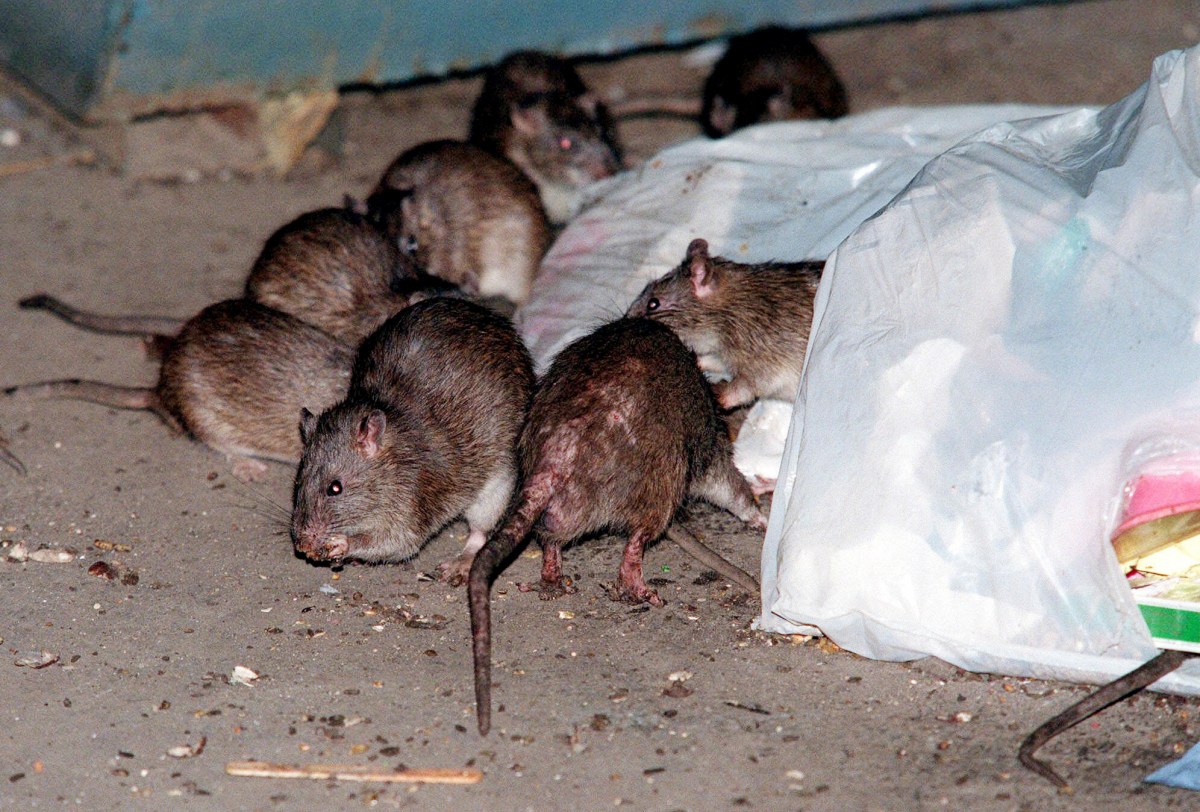Brown rats are the undisputed winners of the real rat race.
New research suggests that they crawled off ships arriving in North America earlier than previously thought and out-competed rodent rivals – going on to infuriate and disgust generations of city-dwellers and becoming so ubiquitous that they’re known as common rats, street rats or sewer rats.
It didn’t take long for them to push aside the black rats that had likely arrived with Columbus and thrived in colonial cities.
After first appearing on the continent before 1740, brown rats took over the East Coast from black rats “in only a matter of decades,” said Michael Buckley, one of the authors of a study published Wednesday in the journal Science Advances.
Brown rats are larger and more aggressive than black rats — and they want to be close to human populations, said Matthew Frye, a researcher and community educator with the New York State Integrated Pest Management Program at Cornell University.
From this research, “we know a more exact time of when they arrived and then what they were doing once they got here,” said Frye, who was not involved with the study. “Having that picture of the rat population helps us better understand what they’re doing and maybe how we can manage them.”
Neither rat species is native to North America, said Buckley, of the University of Manchester in the United Kingdom. Scientists used to think that brown rats arrived around 1776. The new study pushes that date back by more than 35 years.
Buckley and his colleagues analyzed rodent bones that had already been excavated by archeologists. The remains came from 32 settlements in eastern North America and the Gulf of Mexico dated from the founding of Jamestown in 1607 through the early 1900s. Other samples were from seven shipwrecks dating from about 1550 to 1770.
The data suggests that shipping networks across the Atlantic Ocean “essentially functioned as rat superhighways,” with brown rats gaining their earliest footholds in coastal shipping centers, said Ryan Kennedy, a study author at Indiana University who researches animal remains at archaeological sites.
One probable reason they dominated, researchers suggest, is that they ate food black rats would otherwise have consumed – which may have reduced reproduction among black rats. Historical anecdotes back up this finding, describing the near disappearance of black rats from cities in the 1830s.
Today, both types of rats exist in North American cities, though brown rats are more prevalent. Some urban centers are especially overrun. New York City, for example, last year hired a “rat czar ” to tackle a growing problem there.
The biggest issue? Rats can carry diseases. Brown rats are known to spread a bacterial disease called leptospirosis, which is caused by bacteria in the urine of infected animals. They can also help spread murine typhus and food-borne germs like salmonella.
Experts said knowing which type of rat leads the pack helps cities control the pests — even if it may not seem like it sometimes.
For instance, brown rats like to hang out on or near the ground rather than in the trees or other high spots, where black rats often prefer to stay.
Both black and brown rats are omnivores, but brown rats are especially fond of animal products — meaning reducing those in food wastes “should have the greatest chance of reducing the value of urban habitats for rat populations,” Buckley said.
Frye said all efforts to cut down on available food waste help.
“Food availability is the No. 1 reason that brown rats are there,” he said. “Any efforts to sort of prevent rats from getting at food sources is an effective measure.”
The Associated Press Health and Science Department receives support from the Howard Hughes Medical Institute’s Science and Educational Media Group. The AP is solely responsible for all content.

























